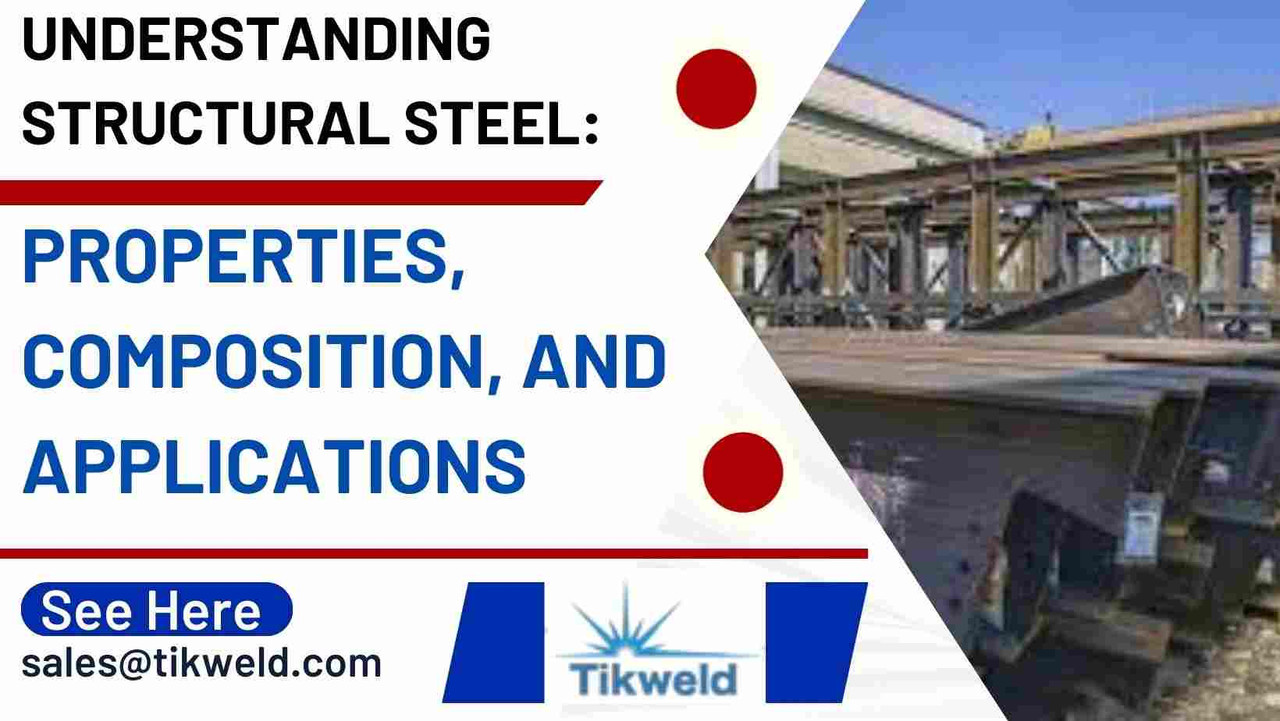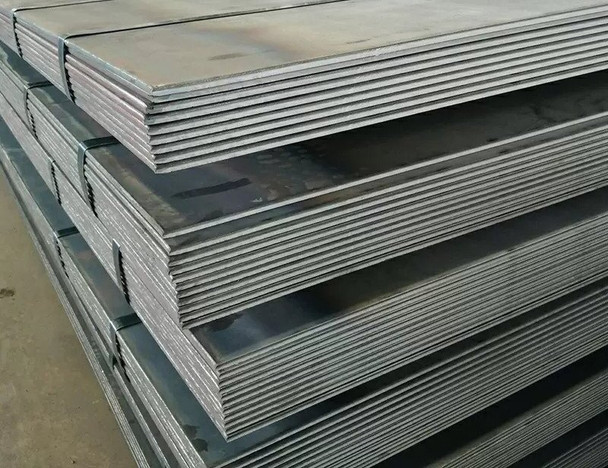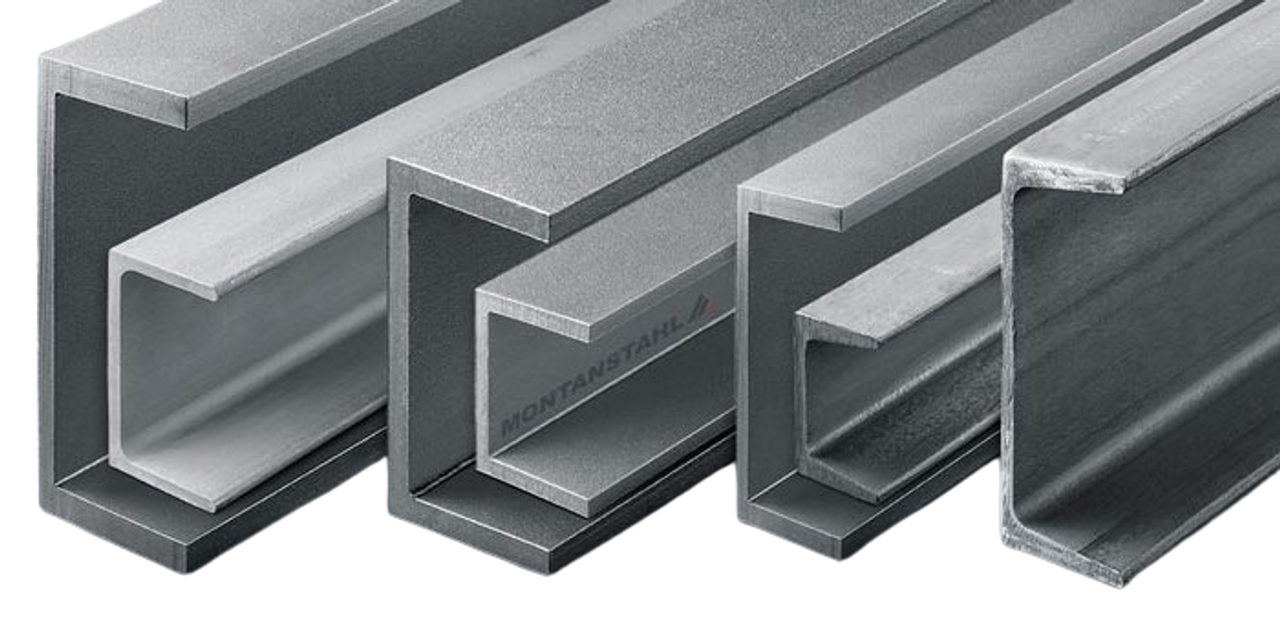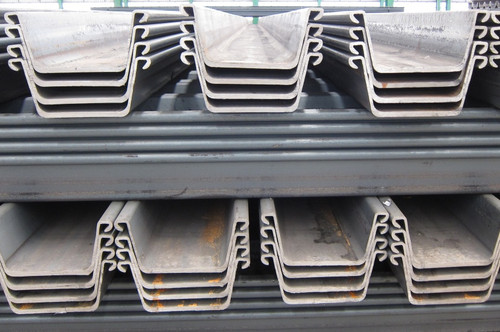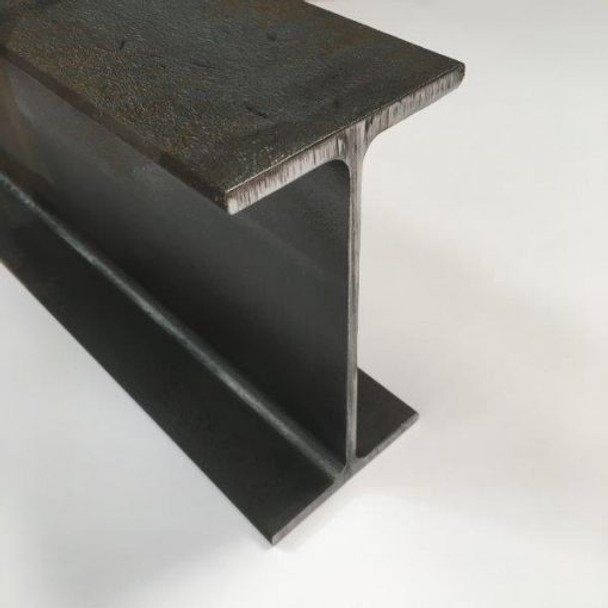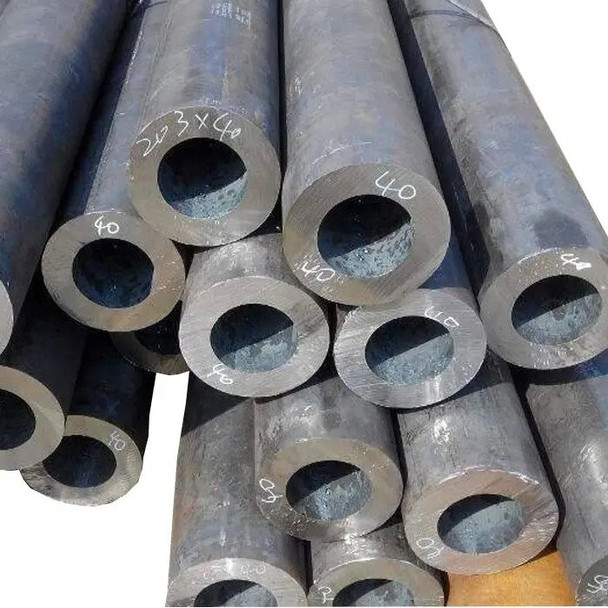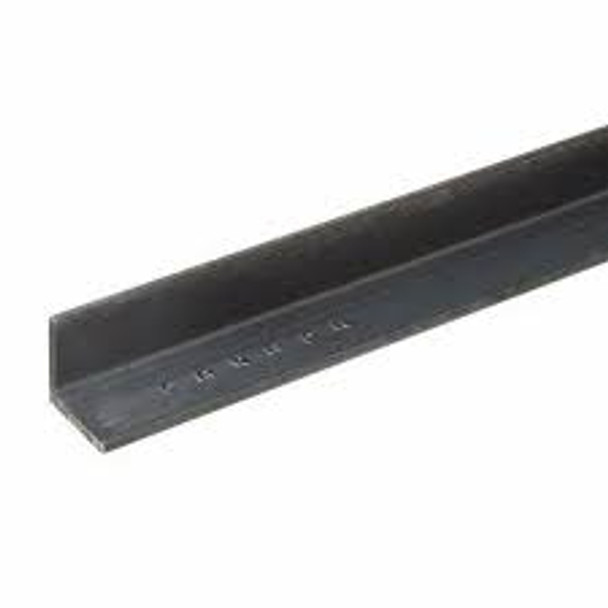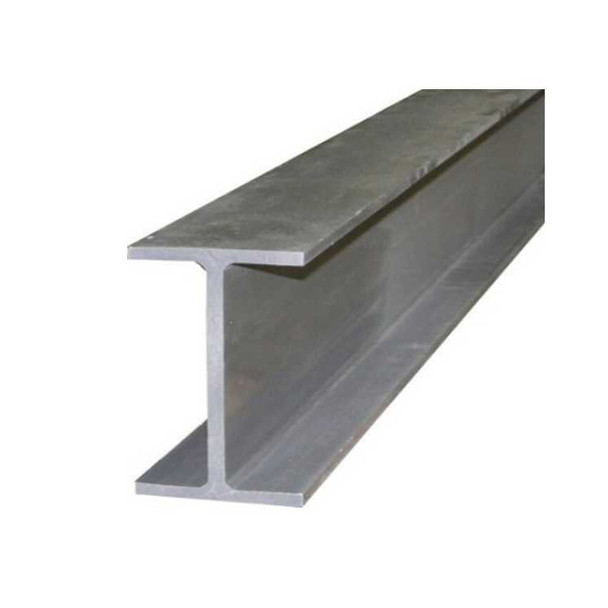Understanding Structural Steel: Properties, Composition, and Applications
Introduction
As an engineer or architect, you rely on structural steel for many applications. Steel's strength, durability, and malleability have made it integral to building construction and infrastructure. To properly specify, design, and inspect steel structures, you need an in-depth understanding of steel's properties, composition, and applications.
Steel is an alloy of iron and carbon, but modern steel often contains other elements to improve its properties. By controlling the amounts of these elements, steelmakers can produce steel with a wide range of strengths, hardness, and other characteristics. The properties of a particular steel depend on its chemical composition and how it is processed. Steel's versatility allows it to be used for beams, columns, trusses, plates, pipes, and nearly every other building component. When it comes to structural steel there are also different types of structural steel grades suitable for different construction projects.
This article provides an overview of structural steel for professionals who work with it. You will learn about steel production, properties, composition, shapes, and common applications. With this knowledge, you can make optimal use of steel for your next project. Steel has been the backbone of construction for over a century, and understanding its fundamentals is key to building innovative and cost-effective structures.
Read more...Structural Steel Grades: Choosing the Right Material for Your Project
Structural Steel 6000x 1500x10mm Steel Plates
Key Takeaway:
- Exceptional Strength and Durability: Structural steel offers high tensile strength and long-term reliability, making it ideal for load-bearing and high-stress applications.
- Versatile Composition: Its blend of iron, carbon, and alloying elements allows for customization based on specific structural needs.
- Widespread Applications: From skyscrapers and bridges to industrial facilities and warehouses, structural steel is foundational in modern infrastructure.
- Sustainability: Structural steel is recyclable and supports green building initiatives, contributing to eco-friendly construction practices.
What is Structural Steel?
Structural steel is a strong, durable and versatile construction material used in buildings, bridges, and other structures. It is an alloy of iron and carbon that is produced by heating iron ore and other elements in a blast furnace.
Structural steel comes in a variety of shapes, sizes, and strengths that can suit the needs of any construction project. The most common shapes are wide flange beams, angles, channels, hollow structural sections, and plates. These shapes are produced in a range of standard sizes, but can also be fabricated into custom shapes and sizes.
The strength of structural steel depends on its carbon content and any alloys. The most common grades are A36 and A572, which have yield strengths of 36,000 and 50,000 pounds per square inch (psi), respectively. Higher-strength, lower-alloy steels include A514 and A588. Structural steel can also be galvanized or stainless for corrosion resistance and weathering steel for atmospheric corrosion resistance.
Structural steel offers many benefits for construction:
- High strength-to-weight ratio, allowing for large spans and high loads
- Easily welded and bolted for connections
- Can be pre-fabricated for efficient on-site assembly
- Recyclable and reusable material
- Non-combustible, which improves fire safety
With its exceptional properties, structural steel has become the premier construction material for building the world’s infrastructure and skylines. It continues to enable innovative and sustainable building designs in modern architecture.
Structural Steel Channel 80x40 UPN(L) x6mm
Comparison Table: Structural Steel Products
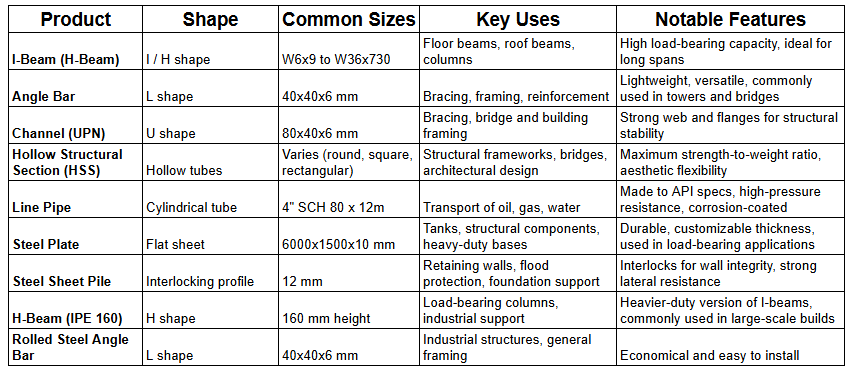
Chemical Composition and Mechanical Properties of Structural Steel
To understand structural steel, you must first comprehend its chemical composition and mechanical properties.
- Chemically, structural steel contains iron, carbon, and other elements like manganese, phosphorus, sulfur, and silicon in varying amounts depending on the grade. The carbon content usually ranges from 0.15 to 0.30% and determines the strength and hardness. More carbon means higher strength and hardness but lower ductility.
- The mechanical properties refer to a steel's strength, hardness, toughness, ductility, and elasticity. Strength is the ability to withstand external forces without breaking or deforming permanently. Hardness measures resistance to surface deformation. Toughness indicates the energy absorbed before fracturing, while ductility refers to the degree of permanent deformation before fracture. Elasticity is the ability to return to the original shape after stress removal.
- There are many grades of structural steel with different mechanical properties to suit various applications. Higher-strength, lower-alloy steels like ASTM A36 and ASTM A572 Grade 50 are often used in construction. Even higher-strength, lower-alloy steels include ASTM A913 Grade 65 and ASTM A992. Stainless steels, like 304 and 316, provide corrosion resistance for architectural facades and trim.
In summary, by controlling the chemical composition, especially the carbon content, and alloying elements, the mechanical properties of structural steel can be adjusted to meet the strength, ductility, hardness, and toughness requirements for applications like buildings, bridges, and sculptures. With proper selection of grade based on service conditions, structural steel can provide an economical and sustainable solution.
Structural Steel Sheet Pile 12mm Hellog
Common Shapes and Sizes of Structural Steel
Common Shapes
The most common shapes of structural steel are:
- I-beams: I-beams, also known as H-beams, are shaped like the letter I. They are very efficient at supporting heavy loads over long spans. I-beams are commonly used in floor beams, roof beams, and columns.
- Angles: Angles are L-shaped and are used primarily for bracing, framing, and reinforcing. They are also used extensively in steel bridges, buildings, and towers.
- Channels: Channels are U-shaped and are often used for bracing, framing, and reinforcing. They are also commonly used in steel bridges, buildings, and towers.
- Hollow structural sections: Hollow structural sections, or HSS, are hollow tubes used extensively in steel structures. They are highly efficient and provide maximum strength with minimum weight.
- Line pipe: It is a type of pipe that is manufactured from high strength carbon steel. It is typically made according to metallurgical specifications that were developed by the American Petroleum Institute (API). Line pipe can be used to build pipelines that transport a variety of resources including natural gas, oil, petroleum, and water.
- Steel plate: Structural steel is a type of carbon steel with a carbon content of up to 2.1% by weight. Structural plate is typically used for making construction materials and structures where weight savings and durability are both important factors.
Standard Sizes
Structural steel shapes are produced in a variety of standard sizes. The sizes are specified by their depth, flange width, web thickness, and weight per linear foot. For example, a W12x65 I-beam is 12 inches deep, has a flange width of 65⁄8 inches, a web thickness of 0.405 inches, and weighs 65 pounds per linear foot. The most common sizes are between W6x9 and W36x730 for I-beams and between C3x4.1 and C15x50 for channels.
Structural steel is available in a range of sizes to suit the load requirements of any application. By selecting the appropriate shape and size, structural steel can be optimized to provide maximum strength with minimum weight. The common shapes and standard sizes of structural steel make it ideal for use in steel construction.
Structural Steel H-beam 160 IPE 6x3 Hellog
Welding processes suitable for Structural Steel
Welding is a crucial process for joining structural steel components. Several welding methods are commonly used, each with its own set of advantages and disadvantages depending on the application.
Arc Welding
The most common types of arc welding are shielded metal arc welding (SMAW), gas metal arc welding (GMAW), and flux-cored arc welding (FCAW). In arc welding, an electric arc forms between an electrode and the base metal, melting both and forming a weld pool that cools to form a joint. Arc welding is versatile and can be used in all positions.
- SMAW uses a flux-coated electrode to shield the weld pool from air. It requires more skill but can weld in windy, outdoor conditions.
- GMAW uses an inert gas to shield the weld pool. It has a high deposition rate, good quality, and can be automated.
- FCAW also uses a gas to shield the weld pool. It works well in windy conditions and has a high deposition rate.
Resistance Welding
In resistance welding, metal pieces are heated by passing an electrical current through them. The heat melts the metals, which then fuse together under pressure. The most common types are spot welding and seam welding. Resistance welding is fast, limited distortion, and can be automated. However, it requires high electrical power and close fit-up between parts.
Structural Steel 4" SCH 80 x12m Coated line pipes
Other Welding Methods
Other less common welding methods for structural steel include oxyfuel welding, laser beam welding, and electron beam welding. These provide deep penetration but require an inert gas shield and vacuum chamber, respectively. They are often limited to automated or robotic welding in controlled environments.
The appropriate welding technique depends on factors like material thickness, joint design, welding position, and production volume. Proper welding procedure and quality control help ensure strong, durable welded connections in structural steel assemblies.
Common Applications of Structural Steel
Structural steel has many common applications due to its strength, durability, and malleability.
Building Construction
Structural steel is commonly used in the construction of buildings. Steel beams and columns provide structural support for high-rise buildings, warehouses, and commercial spaces. Steel framing is also popular for constructing building exteriors and interiors.
Bridges
Steel is an ideal material for bridge construction. Steel trusses, beams, and girders are commonly used to build roadway and railway bridges. Steel bridges provide strength and durability to withstand vehicle traffic and environmental conditions. Famous examples of steel bridges include the Golden Gate Bridge and Brooklyn Bridge.
Structural Rolled Steel Angle bar 40x40x6mm Hellog
Transportation Infrastructure
In addition to bridges, structural steel is used for other transportation infrastructure like railways, airports, and shipyards. Steel rails, beams, and trusses are used for railway tracks and train stations. Steel framing provides the structural support for airport terminals, hangars, and control towers. Steel plates and beams are also used in shipbuilding and port construction.
Industrial Applications
Structural steel has many applications in industrial settings. It is used for building factories, warehouses, and equipment. Steel beams provide the structural framework for industrial buildings. Steel plates and beams are also used to construct storage tanks, silos, cranes, and conveyor systems commonly found in factories and warehouses.
In summary, structural steel is a versatile material with many applications in building construction, transportation infrastructure, and industrial equipment. Its properties of high strength, durability, and malleability allow it to be used for a wide range of structures and components that are integral to modern society.
Learn more: Steel vs. Concrete: Which Material Reigns Supreme for Construction in Nigeria?
Structural H steel Beam Size 300x300 80kg Hellog
Frequently Asked Question
1. What is structural steel made of?
Structural steel is primarily composed of iron and carbon, with added alloying elements like manganese, chromium, and nickel to enhance strength, ductility, and corrosion resistance.
2. Why is structural steel preferred in construction?
It offers high strength-to-weight ratio, durability, design flexibility, and ease of fabrication, making it ideal for buildings, bridges, and industrial structures.
3. Is structural steel environmentally friendly?
Yes. Structural steel is 100% recyclable without loss of quality, making it a sustainable material choice for green building and eco-conscious projects.
4. How does structural steel perform under extreme conditions?
Structural steel is designed to withstand high stress, temperature fluctuations, and even seismic activity, especially when treated or alloyed for specific environments.
5. Can structural steel be customized for different projects?
Absolutely. Engineers can specify different grades, shapes, and treatments of structural steel to meet the unique demands of each project—from residential to industrial applications.
Conclusion
As you have learned, structural steel is a fundamental material used in construction and engineering applications. With a versatile range of properties, steel alloys provide strength, durability, and design flexibility for buildings, bridges, and infrastructure. By understanding the composition, properties, and applications of the various steel grades, you can make informed decisions in your projects and ensure the material is suitable for the intended use.
Steel has been a crucial part of human progress for centuries and will likely continue to shape the built environment for generations to come through continuous innovation. With this foundational knowledge, you are now better equipped to work with this essential material.

